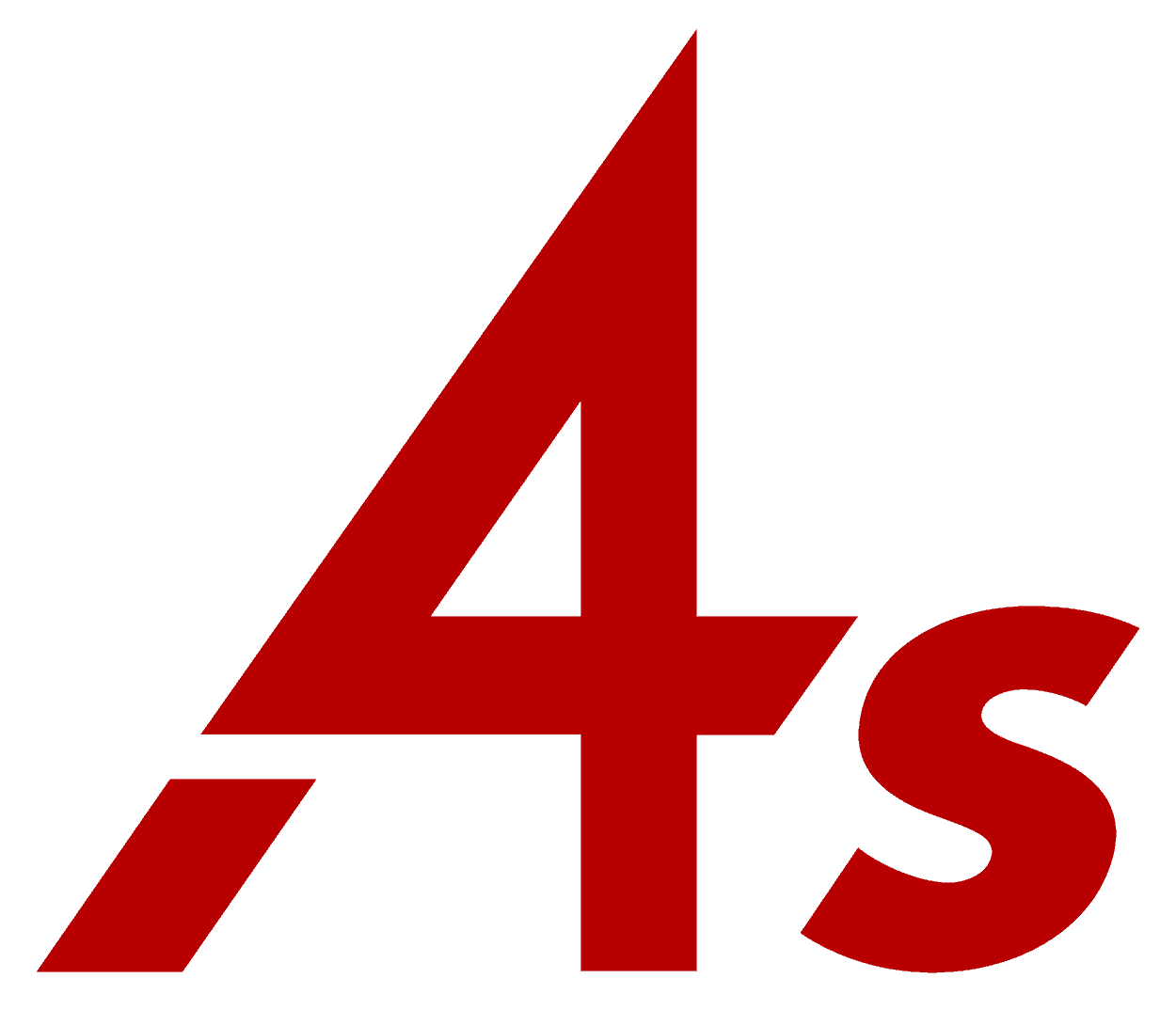Author
Amanda Anderson
4As VP, Government Relations
Topic
- Government Relations
- Labor
On August 30, 2023, the Department of Labor (DOL) announced a notice of proposed rulemaking (NPRM) on a new federal overtime rule, which they say will restore or extend overtime protections to 3.6 million salaried workers. The rule is much anticipated by agencies and the larger business community because it dictates which employees and at what salary level employees are exempt from overtime pay. The federal overtime rule, entitled Defining and Delimiting the Exemptions for Executive, Administrative, Professional, Outside Sales, and Computer Employees, proposes to update and revise the regulations issued under section 13(a)(1) of the Fair Labor Standards Act (FLSA). To be exempt from overtime under the FLSA’s “white collar” executive, administrative, and professional exemptions, employees must be paid a salary of at least the threshold amount AND meet certain duties tests. If they are paid less or do not meet the tests, they must be paid 1.5 times their regular hourly rate for hours worked in excess of 40 in a workweek. Generally, employees of enterprises that have an annual gross volume of sales made or business done of $500,000 or more are covered by the FLSA.
Proposed revisions include increasing the minimum salary threshold level to $55,068 from $35,568 and the highly compensated employee (HCE) total annual compensation threshold from $107,432 to $143,988. The new rule would bring the threshold in line with the 35th percentile of earnings by full-time salaried workers in the lowest-wage Census Region (currently the South). That’s above the 20th percentile in the current rule but less than the 40th percentile in the scuttled Obama-era policy. The new proposed rule also allows for automatic increases every three years to the overtime threshold which DOL says would allow for the timely and efficient updating of all the thresholds to reflect current earnings data. The proposed rule will allow an employer to satisfy up to 10 percent of an employee’s salary level with non-discretionary bonuses, incentive payments, and commissions (but not for threshold applicable to highly-compensated employees). DOL is not proposing changes to the standard duties test, consistent with its approach in both the 2016 and 2019 rules. Agencies should also be prepared in the event that the overtime eligibility salary threshold in the final rule is higher than that in the proposed rule (i.e. ~$60K). Based on DOL’s projections, if the rule is finalized in the first quarter of 2024—which would be an exceptionally quick process—the threshold could be as high as $60,209.
Prior to January 1, 2020, the salary threshold was set at $23,660. A blocked Obama-era rule would have doubled the threshold, but a federal judge held that the DOL exceeded its authority by raising the rate too high. The Trump administration’s 2020 overtime rule raised the salary threshold to $35,568 per year. Adjusted for inflation, that amount today would be $42,594 annually. Worth noting, some Democratic members of Congress are urging DOL to adopt a salary threshold at the 55th percentile of earnings of full-time salaried workers nationwide. This threshold would be at least $82,732 by 2026.
The 4As has long engaged on federal overtime issues. We are also an active member of an employers group coalition, the Partnership for Workplace Opportunity (PPWO), which has strongly advocated against advancing a new federal overtime rule until the business impacts of COVID-19 and the current uncertain economic conditions are resolved. The predictability of labor expenses and project budgeting is a critical factor for agency operations.
Worth noting, many states have their own salary and duties tests for determining whether an employee is exempt from overtime under state rules. In many cases, the state criteria are harder to meet than the federal criteria. The new federal level is set lower than the minimum salary threshold set by New York at the state level ($58,500). California and Washington state large employers (with 50+ employees) currently have a higher minimum threshold, however ($65,478.40 per year). Details here.
Comments on the federal overtime rule NPRM will be due 60 days after the rule is published in the Federal Register and can be submitted electronically via regulations.gov.
Labor policy experts guess that a final rule will likely be released sometime in Q2 2024. A robust legal challenge and a preliminary injunction are likely after the federal overtime rule is finalized; however, affected agencies should review and audit their workplaces and prepare for the proposed rule to possibly take effect, as enforcement begins only 60 days after a final rule is adopted.
A FAQ document on the new federal overtime rule NPRM can be found here.
More information from the 4As on the federal overtime rule can be found here. Have questions about the federal overtime rule? Please contact Amanda Anderson, 4As VP of Government Relations.




